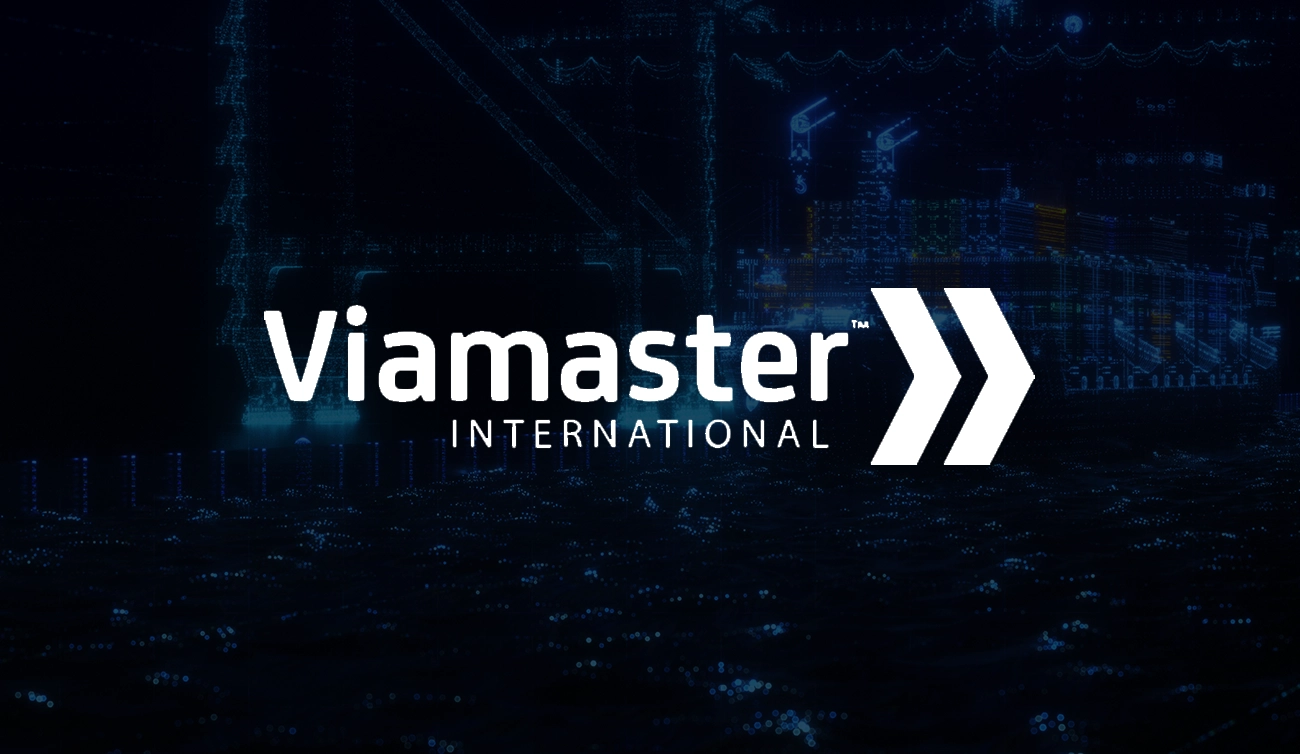
Could External Temporary Storage Facilities (ETSF) be the answer to post-transition UK import clearance chaos? The increase in customs checks and declarations through UK ports is having a significant impact on industries involved in just-in-time delivery of goods.
For those industries that rely on just-in-time (JIT) distribution, such as pharmaceutical, perishable goods, manufacturing, spare parts and low-value high-volume e-commerce, it’s imperative to get goods through customs clearance without delays and file the required declarations with ease.
However, instead of completing declarations at the border and adding delays to what is an already busy and chaotic environment – what if there was a way to complete customs declarations inland at your own facility by utilising the 90 day Temporary Storage facilitation, that an External Temporary Storage Facility (ETSF) can offer.
Moving the border inland
With an ETSF (external temporary storage facility) located at your own business’s site, away from the port, the entire customs process could be significantly accelerated. Your goods arriving into the UK can be taken to your site (a business’ premises or distribution centre, for example), where the customs formalities can be managed electronically.
The customs border is effectively moved to your own premises, so customs declarations can be pre-lodged ahead of the goods arriving. This enables the site to operate from a HMRC and Border Force perspective, as if it were the Customs frontier so long as it is running an approved ETSF solution.

A haulage or courier company with perhaps 1,000 different consignments on one truck doesn’t want to have to fill out that number of declarations in the short period of time from leaving Europe and arriving at a UK port. With an ETSF, they can create more time and stay ahead of the game by filling out the declarations at the end destination in advance, and therefore not delay the physical movement of the goods with queues, inspections and processing at the border.
Another solution which can augment the ETSF setup is having an inventory system that is designed to group goods at truck level, instead of typical systems today that are designed for flight or vessel-based arrival. With a truck-based system, once a vehicle physically arrives at your site, it triggers the clearance of all consignments so they can be unloaded and handled.
An ETSF also gives electronic visibility and audit records to HMRC and Border Force, so if they do want to put a hold on any consignment, the site operator knows immediately which goods are on hold awaiting paperwork or physical inspection – this can also be conducted at the operator’s site.
Taking back control with ETSF
Any clearances that can be moved inland will benefit supply chains greatly, especially those looking to quickly clear and distribute or sell products on.
Many organisations operate with JIT arrival of parts on trucks. Having the uncertainty of delays at the border will have a big impact on their ability to do this, increasing costs and revenue loss.
There will still be certain product categories that will require clearance checks at the border for safety reasons, such as meat and dairy products. But, moving as many clearance checks as possible inland not only speeds up the process for those vehicles that can go straight to the ETSF, but also unlocks efficiencies for those that will still have to complete clearances at the border. A win-win for those companies that transport different items across multiple categories.
Businesses need to take back control of their own clearances and create efficiencies where they can, but how?

“Thanks to Descartes’ innovative solutions and their user-friendly system, we successfully established an ETSF at our site in West Yorkshire. This strategic move was vital especially in the early stages of Brexit, ensuring seamless operations, minimising delays andkeeping our valued clients supply chains moving.”
- Paul Pedley, Managing Director
Don’t get caught out
Like many processes, setting up an ETSF requires applications and approvals which can take time. Any warehouse keeper that is approved for customs warehousing, which could be virtually any importer, can apply to have premises approved as an ETSF. Premises would need to be checked and approved, inspection areas setup and an inventory provider nominated.
But this won’t be such a challenge for those that prepare now and work with a provider that can support the setup process in line with the inventory system that connects straight to HMRC. This is where Descartes Pentant CSP Inventory System can help.
The Descartes Pentant CSP Inventory System has been specifically designed for road transport operations into inland temporary storage facilities anywhere in the UK.
• Descartes Pentant is an approved Community Service Provider (CSP)
• With an accredited interface to HMRC’s new Customs Declaration Service (CDS) for customs declarations, as well as the previous CHIEF system.
• Descartes Pentant will speed up the process of getting your ETSF approved by HMRC by providing an already approved inventory system.
Insights & Resources for UK Customs
Stay informed with expert blogs and practical content covering customs & regulatory solutions for the UK market.



